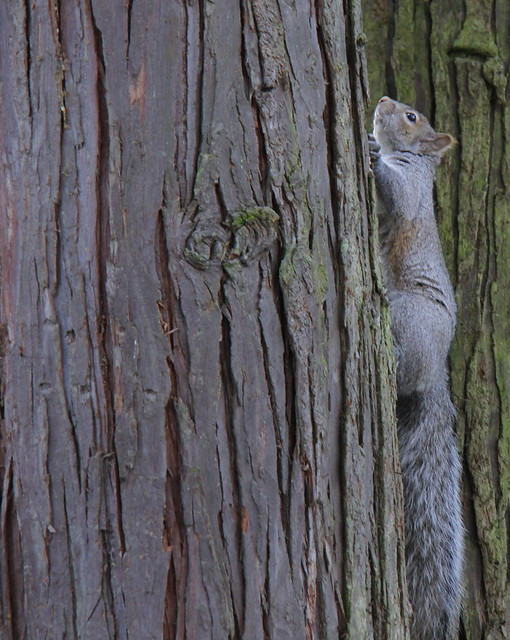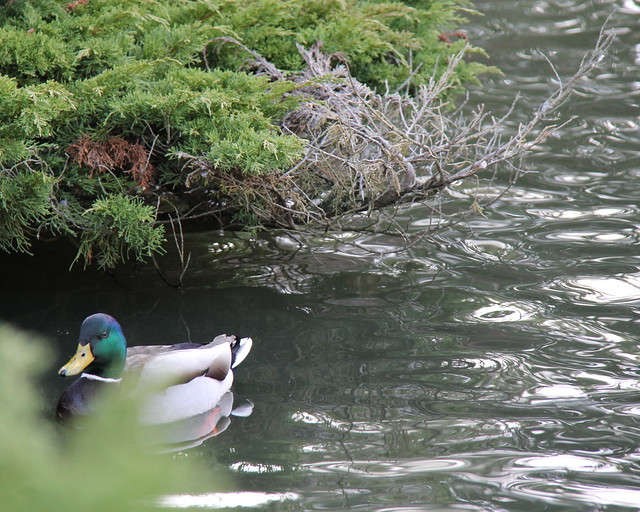My camera has a whole bunch of settings and buttons that I really don’t understand very well. Like aperture. What’s an aperture? I remember there were times when my parents told me to “Shut your aperture!” when I was acting up as a child. And other times I remember schoolmates telling me to, “Blow it out your aperture!” So apparently there are when times my aperture should be closed, and other times open. You can see my confusion.
Anyway, the point is that to be a better photographer, I need to comprehend what all those buttons do. And while I have a general sense of the functions, I don’t have a lot of experience fiddling with them and really understanding the relationships between them.
Clearly, some of the things I’m learning are not going to apply to taking pictures in a kayak as they will on dry land. The first rule of taking better pictures on land is “use a tripod.” Not so easy to do in a kayak.
Let’s face it – when I’m in my kayak, my camera(s) are in fill auto mode, and with good reason. On land, the photographer can remain perfectly still and so can the subject in many cases. Even if you’re shooting wildlife, the subject could be sitting still and spatial relationship between wouldn’t change. Not so when you’re on the water of course. Even if that duck you’re photographing isn’t moving, it’s still floating. And so are you, both moving in three dimensions independently of each other. It’s hard enough to keep your subject in frame and in focus when on the water, never mind fiddling with all those other settings, all the while aware that your subject could fly off or swim away at any second. But there are times when nature and fate cooperate, when the eagle decides that he will allow you to approach slowly and doesn’t fly away. Or when the seal is just as curious about you as you are of him. Or when the clouds and the sky are just perfect and you have a moment or two to set up the shot. Hopefully I’ll learn how to take better pictures when I have those moments to prepare on the water.
This has also spurred me on to post a little more about photography on the blog, so expect the occasional dive into the technique of taking pictures from a kayak. Or my version of it, anyway.
Plus, it gives me a chance to show off the pictures I submit to the course for critique. Here's the first two, from a recent walk through Beacon Hill Park.



Great photo of the squirrel! I love how the warm, browner tone in the fur under the squirrel's front leg is the same warm, brown tone showing in places on the bark. And, of course, the silvery-grey weathered bark is much like the grey tones in most of the squirrel's outer fur.
ReplyDeleteReading Kaffe Fassett's book Glorious Colour taught me about how he sees colour. What might look like a plain brick wall has many colours to Fassett. Alison and I have talked about Fassett's colour eye when we were kayaking together. We'd both like to bring Fassett to Elk Lake or Thetis Lake in the spring, when the trees are so many shades, including red and yellow for the bark on the new branches, and the misty bloom of white and green on deciduous trees along the shorelines, backed by the Douglas Firs and the white pines behind them.
Kayaking is very inspiring for visual art, eh?
Great.... more pictures on your blog. But wait..... even better than your great photos are now???? Is that possible??? I can't wait to see what comes out of your aperture! LOL
ReplyDelete